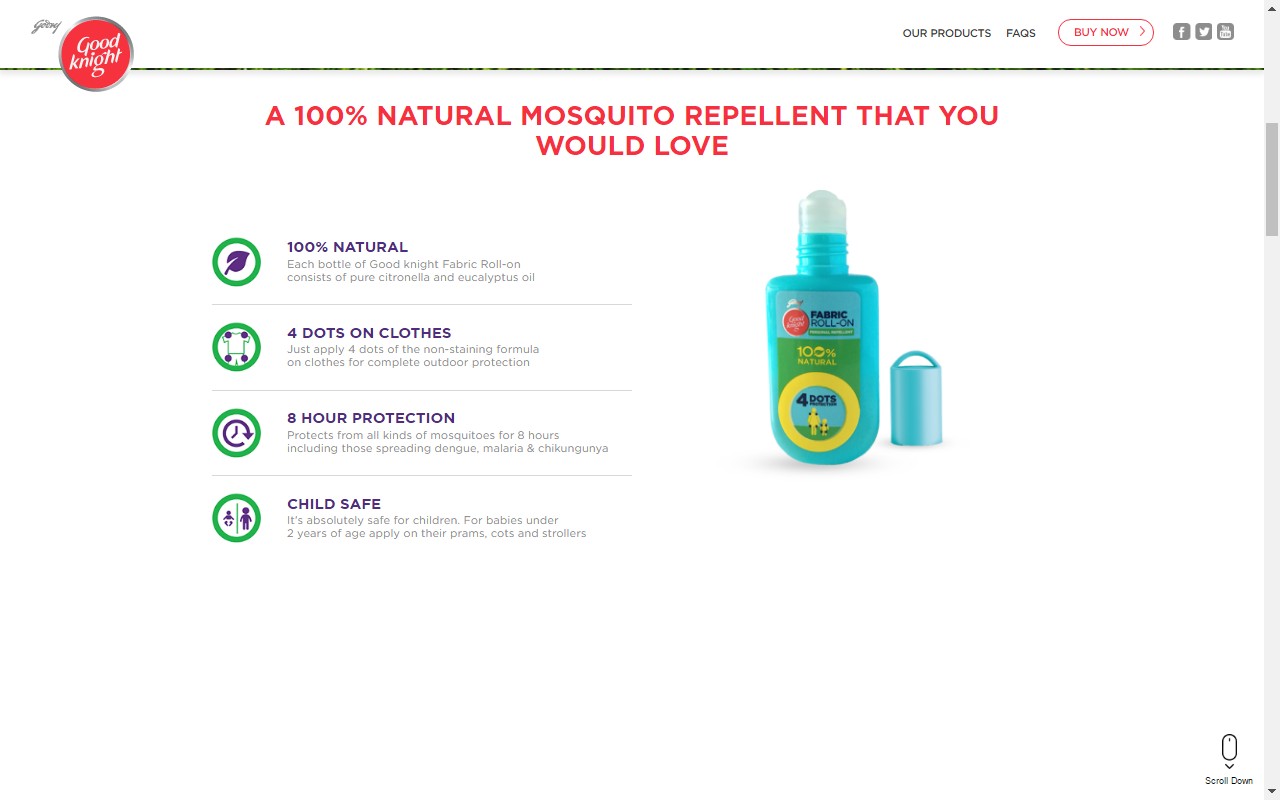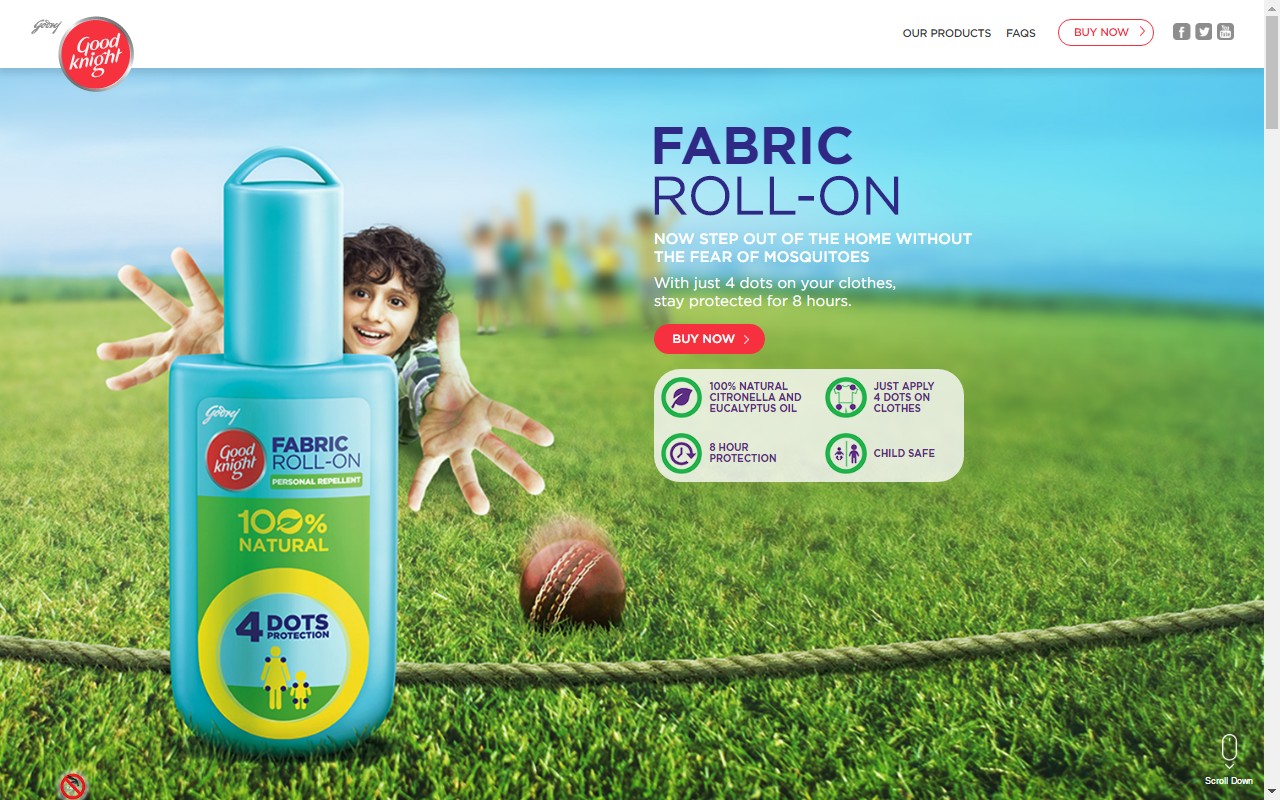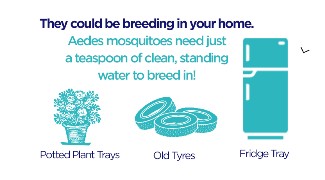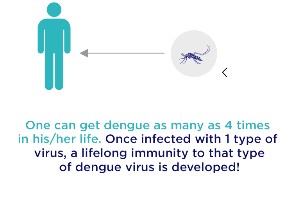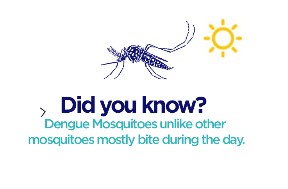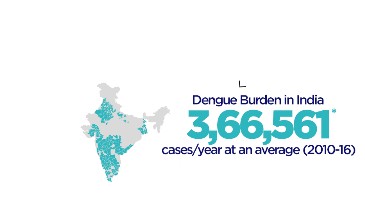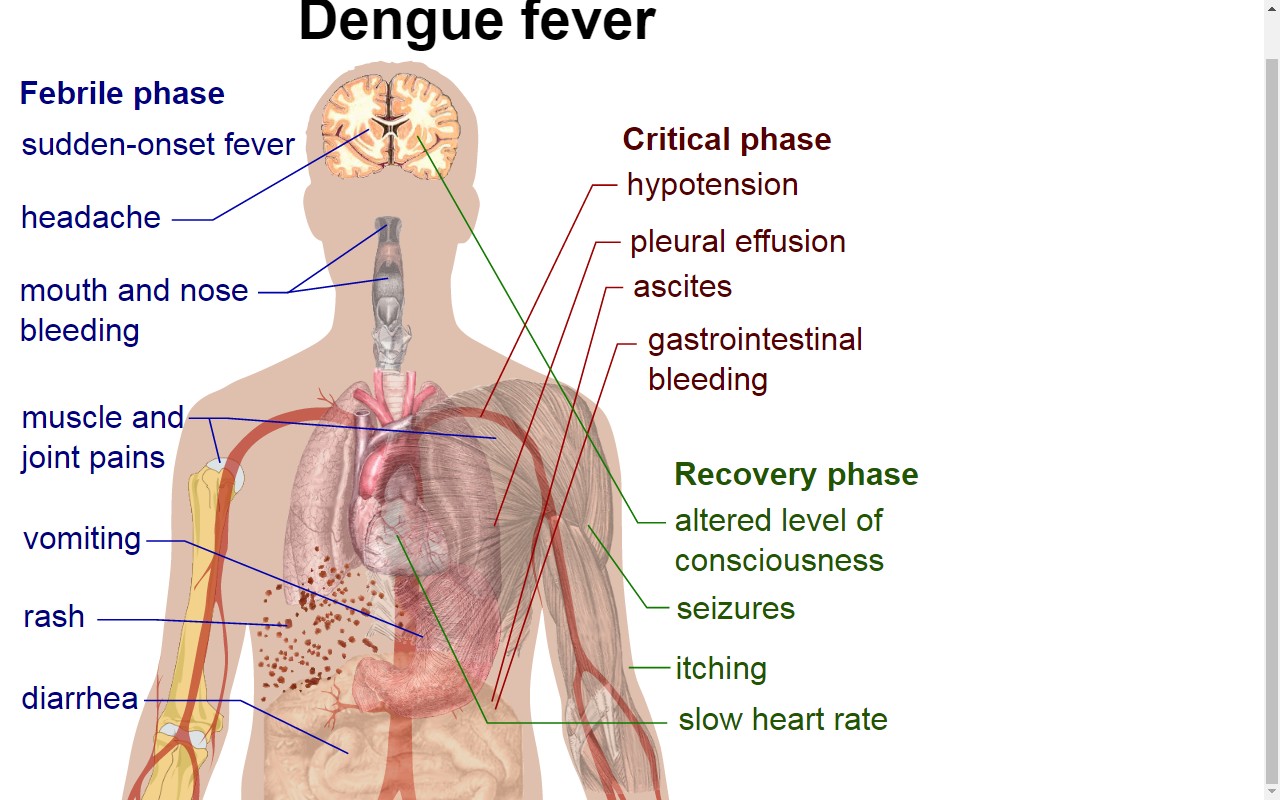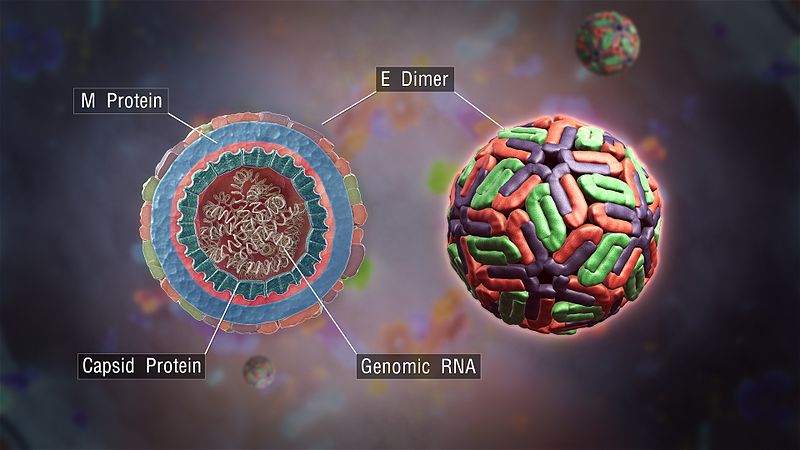Dengue
Definition
A viral disease transmitted by mosquitoes
It is a mosquito borne tropical disease. (AedesAedes aegypti mosquito) - day time mosquito
Aetiology
Caused by Dengue virus, single positive-stranded RNA virus : family - Flaviviridae genus - Flavovirus; five serotypes found.
Infection by one type gives lifelong immunity to that type, but only short-term immunity to the others.
Subsequent infection with a different type increases the risk of severe complications.
The virus is borne by Aedes mosquito
One mosquito bite can cause the disease.
The virus is not contagious and cannot be spread directly from person to person except through mosquito
There must be a person-to-mosquito-to-another-person pathway.
The full life cycle of the virus involves the mosquito as the vector (transmitter) and the human as the source of infection.
Clinical Features
Asymptomatic or mild symptoms in 80%, more severe illness in 5%, life threaten in a small proportion.
Uncomplicated fever
Incubation period : 3 to 14 days most often 4 to 7 days
Children have symptoms of common cold and gastroenteritis (vomiting and diarrhea)
Sudden onset of high fever
Relatively low heart rate (bradycardia) and low blood pressure (hypotension)
High fever and other signs of dengue last for two to four days, followed by a rapid drop in body temperature (defervescence) with profuse sweating. This precedes a period with normal temperature and a sense of well-being that lasts aboabout a day.
A second rapid rise in temperature follows
.
The eyes become reddened
The course of the disease is generally divided into three phases : febrile, critical and recovery phase.
Febrile phase : fever of > 40°C (104°F), generalized pain, headache lasting for 2-7 days
Headache typically with severe pain behind the eyes that is apparent when trying to move the eyes.
Muscle and joint pains (also called break bone fever)
Nauses, vomiting
Rash
Petechiae
Mild bleeding from the mucous membrane of the mouth and nose
Fever is biphasic (breaking and returning for one or two days)
In some proceeds to a critical phase as fever resolves
Low back pain.
The lymph nodes in the neck and groin are often swollen.
Laboratory Tests for Dengue
Serological Tests
Molecular methods
Serum samples during the first 5 days or a little more
The specific virus genome is identified by reverse transcription-polymerase chain reaction (RT-PCR) from serum/plasma/CSF during an acute febrile illness.
Test No.1
NS1 ELISA
The non-structural protein 1 (NS1) of the dengue viral genome has been shown to be useful as a tool for the diagnosis of acute dengue infections.
Test No.2
(MAC-ELISA) : IgG & IgM
Dengue is confirmed by demonstration of a fourfold or greater increase in IgG antibody titers in paired (acute and convalescent) serum specimens.
Enzyme-linked immunosorbent assay (MAC-ELISA) - IgM antibody capture ELISA (MAC-ELISA) - IgG ELISA
The IgG ELISA used for the detection of a past dengue infection. IgM antibodies for dengue may remain elevated for 2 to 3 months after the illness.
Test No.3
RT–PCR
One-step, real time RT–PCR or nested RT–PCR are now widely used to detect dengue viral genes
Seroconversion from negative to positive IgM antibody to dengue
There is cross reactivity with other flaviviruses including West Nile virus (WNV), St. Louis encephalitis virus (SLE), Japanese encephalitis virus (JEV) and yellow fever virus (YFV).
Review the patient’s past medical history, recent travel history, and vaccination record (especially yellow fever vaccination)
Samples with a positive IgG in the acute phase and a 4 fold rise in IgG titer in the convalescent phase (with at least a 7 day interval between the two samples) is a secondary dengue infection.
PRNT
Plaque Reduction and Neutralization Test (PRNT) and the microneutralization PRNT can be used when a serological specific diagnostic is required
The PRNT test is used to determine the infecting serotype in convalescent sera.
Treatment
Only supportive measures treating the symptoms : oral or IV fluids for mild to moderate cases and blood transfusion for severe cases.
NSAIDs such as Ibuprofen should not be used
Paracetamol may be used for fever
Prevention
Vaccine for dengue is available
Avoid mosquito bites by all means
Reducing mosquito habitat
Limiting exposure to bites by wearing clothes covering most of the body
Covering or getting rid of standing water
In April 2016, the WHO approved Sanofi Pasteur's Dengvaxia (CYD-TDV), a live recombinant tetravalent vaccine for Dengue fever. Dengvaxia can be administered as a three-dose series in people 9-45 years of age who live in areas where dengue is endemic.
Dengue hemorrhagic fever (DHF)
is a specific syndrome that tends to affect children under 10 years of age.
This complication of dengue causes abdominal pain, hemorrhage (bleeding), and circulatory collapse (shock).
This form of dengue fever can be life-threatening and can progress to the most severe form of the illness, dengue shock syndrome.
* * * * * * * * * * * * *
How long does dengue fever last?
The acute phase of dengue with fever and muscle pain (myalgia) lasts about one to two weeks. Convalescence is accompanied by a feeling of weakness (asthenia) and fatigue, and full recovery often takes several weeks.
What is the prognosis for typical dengue fever?
The prognosis for dengue is usually good. The worst symptoms of the illness typically last one to two weeks, and most patients will fully recover within several additional weeks.
Typical dengue is fatal in less than 1% of cases; however, dengue hemorrhagic fever is fatal in 2.5% of cases. If dengue hemorrhagic fever is not treated, mortality (death) rates can be as high as 20%-50%. Continue Reading
What is dengue hemorrhagic fever?
Dengue hemorrhagic fever (DHF) is a specific syndrome that tends to affect children under 10 years of age. This complication of dengue fever causes abdominal pain, hemorrhage (bleeding), and circulatory collapse (shock). DHF is also called Philippine, Thai, or Southeast Asian hemorrhagic fever and dengue shock syndrome.
DHF starts abruptly with continuous high fever and headache. There are respiratory and intestinal symptoms with sore throat, cough, nausea, vomiting, and abdominal pain. Shock occurs two to six days after the start of symptoms with sudden collapse, cool, clammy extremities (the trunk is often warm), weak pulse, and blueness around the mouth (circumoral cyanosis).
In DHF, there is bleeding with easy bruising, red or purple blood spots in the skin (petechiae), spitting up blood (hematemesis), blood in the stool (melena), bleeding gums, and nosebleeds (epistaxis). Pneumonia is common, and inflammation of the heart (myocarditis) may be present.
Patients with DHF must be monitored closely for the first few days since shock may occur or recur precipitously (dengue shock syndrome). Cyanotic (having a bluish coloration to the skin and mucus membranes) patients are given oxygen. Vascular collapse (shock) requires immediate fluid replacement. Blood transfusions may be needed to control bleeding.
The mortality (death) rate with DHF is significant. With proper treatment, the World Health Organization estimates a 2.5% mortality rate. However, without proper treatment, the mortality rate rises to 20%. Most deaths occur in children. Infants under 1 year of age are especially at risk of dying from DHF.
What are potential complications of dengue fever?
If dengue fever is severe, complications include leakage of fluid from the bloodstream causing fluid accumulation in the extremities, respiratory distress, severe bleeding, or organ impairment. Without proper treatment, these symptoms can be fatal.
Dengue hemorrhagic fever (DHF; see above) is a complication of dengue that usually affects children under 10 years of age when it occurs. This complication of dengue fever starts abruptly with continuous high fever and headache. DHF causes abdominal pain, sore throat, cough, nausea, vomiting, hemorrhage (bleeding), and circulatory collapse (shock). It can be fatal.
Another complication is postinfectious fatigue syndrome, which can occur in about one-quarter of hospitalized dengue patients. Continue Reading
Is it possible to prevent dengue fever?
The transmission of the virus to mosquitoes must be interrupted to prevent the illness. To this end, patients are kept under mosquito netting until the second bout of fever is over and they are no longer able to transmit the virus to a biting mosquito.
The prevention of dengue fever requires control or eradication of the mosquitoes carrying the virus that causes dengue. In nations plagued by dengue fever, people are urged to empty stagnant water from old tires, trash cans, and flower pots. Governmental initiatives to decrease mosquitoes also help to keep the disease in check but have been poorly effective.
To prevent mosquito bites, wear long pants and long sleeves. For personal protection, use mosquito-repellant sprays that contain DEET when visiting places where dengue is endemic. There are no specific risk factors for contracting dengue fever except living in or traveling to an area where the mosquitoes and virus are endemic. Limiting exposure to mosquitoes by avoiding standing water and staying indoors for two hours after sunrise and before sunset will help, as the Aedes aegypti mosquito is a daytime biter with peak periods of biting around sunrise and sunset. It may bite at any time of the day and is often hidden inside homes or other dwellings, especially in urban areas.


